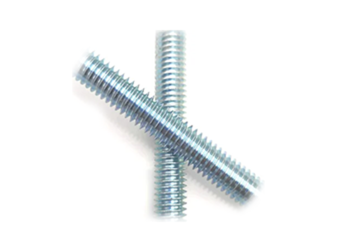сеп. . 10, 2024 15:06 Back to list
Climbing Expansion Bolts - Reliable Gear for Rock Climbing Safety
Climbing Expansion Bolts An Essential Guide for Climbers
Climbing is an exhilarating sport that challenges both physical and mental capabilities. As climbers ascend rugged terrains, they rely on various equipment to ensure their safety and success. Among the most important pieces of gear are expansion bolts, which play a crucial role in securing climbing routes. This article explores the fundamentals of climbing expansion bolts, their types, installation, and best practices.
Understanding Expansion Bolts
Expansion bolts are a type of fastener used to anchor climbing protection into rock or other solid materials. Unlike traditional bolts, which may require less specialized installation techniques, expansion bolts exert outward force against the substrate when tightened, creating a secure hold. This feature makes them particularly useful in the climbing community, as they can provide strong and reliable anchors in a variety of rock types.
Types of Expansion Bolts
There are several types of expansion bolts commonly used in climbing, each designed for specific applications
1. Machine Bolts Typically made from stainless steel, machine bolts are used in areas where corrosion resistance is necessary. They're often used when climbing near water or coastal environments.
2. Rod and Sleeve Bolts These are versatile bolts that consist of a threaded rod and a sleeve. When the nut is tightened, the sleeve expands to grip the rock, providing a secure anchor point. This type of bolt is often used in sport climbing.
3. Wedge Bolts These bolts have a wedge mechanism that grips the rock as they are tightened. They are easy to install and remove, making them popular among climbers who regularly establish or clean routes.
The Installation Process
Installing expansion bolts requires technique and knowledge
. Here’s a brief overview of the installation processclimbing expansion bolts

1. Drilling the Hole The first step is to drill a hole into the rock using a hammer drill and a carbide-tipped bit. The diameter of the hole must match the specifications of the bolt being used.
2. Inserting the Bolt Once the hole is drilled to the appropriate depth, the bolt is inserted. It’s essential to ensure that the bolt is clean and free from debris before installation.
3. Tightening After the bolt is in place, it must be tightened with the appropriate tool. The tightening causes the expansion mechanism to engage, securing the bolt firmly against the rock.
Best Practices for Use
To ensure safety and longevity, climbers should adhere to several best practices regarding expansion bolts
- Regular Inspections Climbing anchors should be checked regularly for signs of wear, rust, or damage. If a bolt shows signs of deterioration, it should be replaced immediately.
- Correct Use Always use bolts suitable for the specific climbing environment. Understanding the rock type and the associated risks can help in selecting the appropriate anchor.
- Education and Training New climbers should seek training or guidance from experienced climbers when it comes to the installation and use of expansion bolts. Proper education can prevent accidents and promote safe climbing practices.
Conclusion
Climbing expansion bolts are vital components in ensuring the safety of climbers as they navigate challenging routes. Understanding the different types, installation processes, and best practices is essential for anyone looking to engage in sustainable and safe climbing. As the climbing community continues to evolve, so does the technology behind climbing anchors, making education and responsible usage more critical than ever. Whether you’re a seasoned climber or a beginner, knowledge about expansion bolts can enhance your climbing experience and keep you safe on the rock.
-
The Ubiquitous Reach of DIN934 in Application Realms
NewsMay.16,2025
-
Exploring Different Bolt Types
NewsMay.16,2025
-
Cracking the Code of Sleeve Anchor Mastery
NewsMay.16,2025
-
Clamp Design Principles,Types and Innovations
NewsMay.16,2025
-
Artistry Inspired by the Humble Anchor Bolt
NewsMay.16,2025
-
A Deep Dive into Screw Types
NewsMay.16,2025


